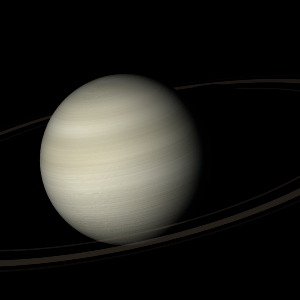|
|
Space Astro
|
Info for exoplanet "Enot"
| Scientific (actual) data |
|---|
| Name | HD 81040 b |
| Planet status | Confirmed |
| Planet mass | 8.04 |
| Mass sini | 6.86 |
| Orbital period | 1001.7 |
| Semi major axis | 1.94 |
| Orbit eccentricity | 0.526 |
| Angular distance | 0.059582 |
| Discovered | 2005 |
| Updated | 2022-02-01 |
| Omega | 81.3 |
| Tperi | 2452500 |
| Publication | Published in a refereed paper |
| Detection type | Radial Velocity |
| Mass measurement type | Astrometry |
| Star name | HD 81040 |
| Right ascension | 140.95° |
| Declination | 20.36° |
| Mag v | 7.72 |
| Star distance | 32.56 |
| Star metallicity | -0.16 |
| Star mass | 0.96 |
| Star radius | 0.86 |
| Star sp type | G2/G3 |
| Star age | 4.18 |
| Star temperature | 5700 |
| Wikipedia article | HD 81040 b |
Back
| |
| Fictional info (?) |
|---|
| Suggested name | Enot |
| Planet type | Huge cold gas giant |
| As seen relative to the fixed stars, it rotates on its axis exactly four times for every three revolutions it makes around HD 81040.
The ammonia has probably photodissociated, and the free helium has been swept into interplanetary space by the solar wind because of the lack of a 2H2O layer.
Its north and south poles, therefore, lie where most other planets have their equators. |
| Atmosphere | Helium | 97% |
| Hydrogen | 1.8% |
| Ammonia | 0.092% |
| 2H2O | 0.062% |
| Sulfur dioxide | 0.037% |
| Atmospheric pressure | 15 bar |
 |
| No known satellites |
| Google search for Enot |
|
Website by Joachim Michaelis
|
|
|
|